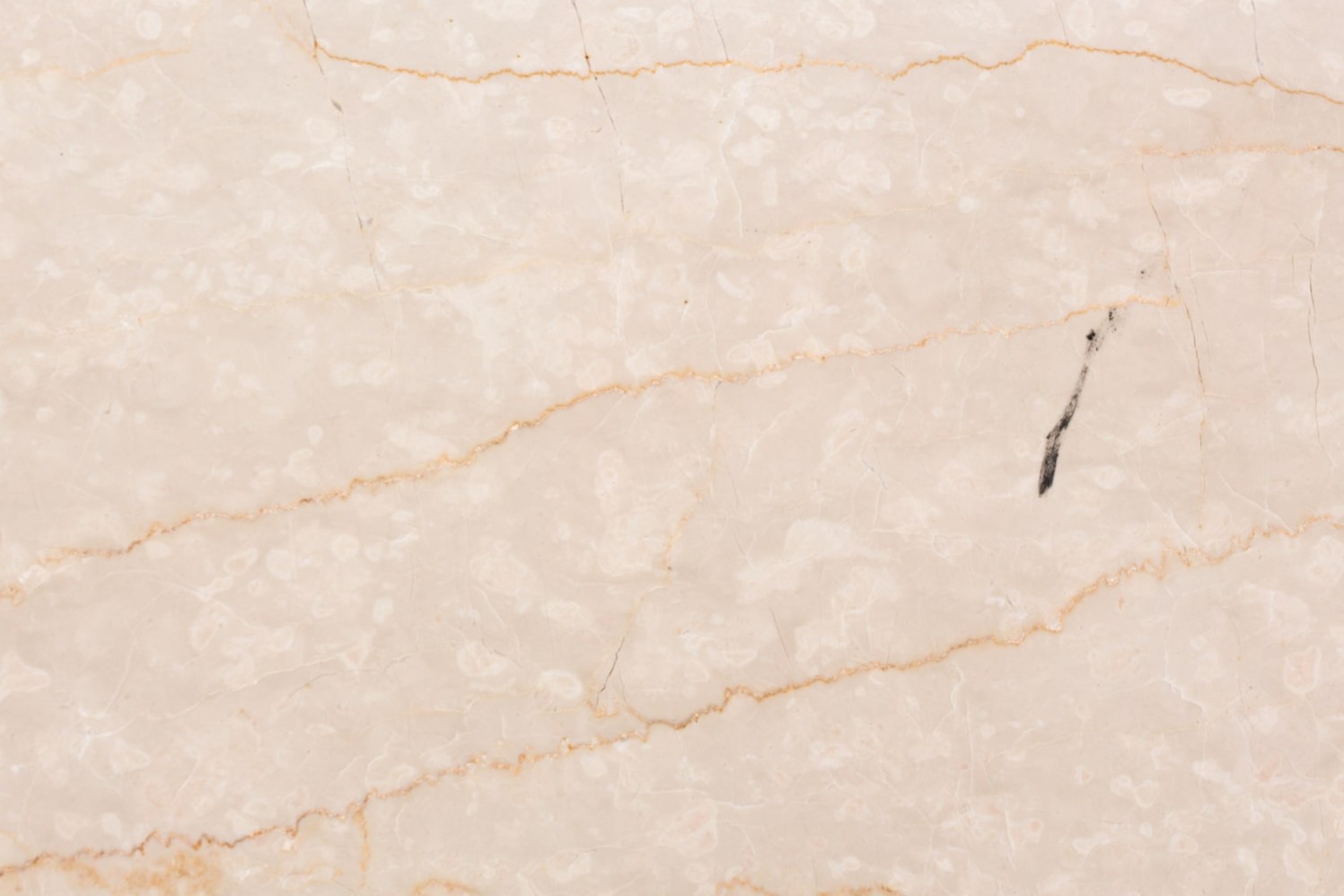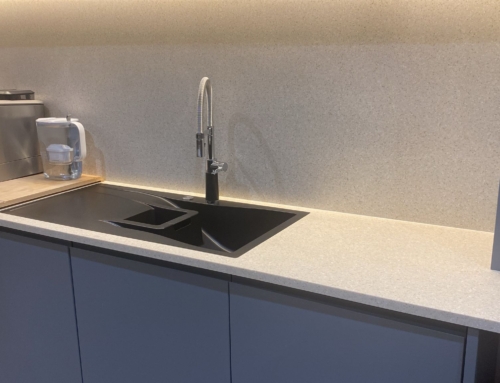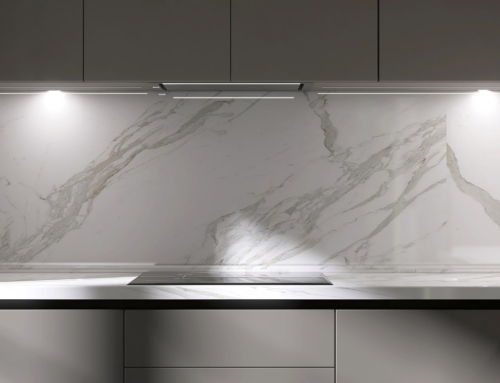Scratches on kitchen worktops are annoying for several reasons. Not only do they reduce the cosmetic appeal of the worktop, but they can affect the overall feel and longevity of your surfaces. Whether you’ve noticed a fine swirl, a deep gouge or just light wear and tear, knowing how scratches happen and what you can do about them helps you decide whether to attempt repairs.
Here’s our guide to understanding, fixing and preventing scratches on your kitchen surfaces.

What causes kitchen worktop scratches?
Worktop scratches usually occur during everyday use. Cutting directly on the surface, dragging heavy pans or sliding sharp utensils across a counter can leave marks. Some scratch damage also comes from leftover grit (like hard crumbs) that acts like sandpaper under pressure.
Over time, even light contact from appliances or cleaning tools can dull or erode the surface. On glossy or dark-coloured worktops, minor marks may appear more visible because of how they reflect light.
What are the most scratch-resistant kitchen worktops?
Not all kitchen worktop materials are created equal when it comes to scratch resistance. Quartz worktops are among the most popular because they resist scratching very well, engineered for top durability and low-maintenance.
Natural stone (like granite worktops) also stands up strongly to wear, though it may need sealing occasionally.
Can scratches be removed from laminate?
Yes, but only to an extent. Laminate surfaces are sometimes more vulnerable to scratches than harder materials, but many light marks can be improved or concealed.
For deeper damage, repair kits are available that match the colour of your laminate. If the scratch is very fine, wax can be worked in and then buffed to blend it. Deep cuts may not vanish completely.
How to get rid of scratches on a kitchen worktop?
Start by cleaning your worktops thoroughly with a soft cloth and mild detergent to remove grease, dust and debris. If you’ve found light surface scratches, non-abrasive furniture wax can be applied in small, circular motions.
For some harder kitchen surfaces, specially-designed polishing compounds can be used if compatible with the material at hand. After repair, you should rinse, dry, and then buff or polish the repaired area to restore shine or a matte finish, depending on your surface.
Will surface scratches buff out?
Often, yes! Micro surfacescratches can usually be buffed out, especially on laminate, quartz and solid surface materials. Furniture wax, car wax or dedicated polish can reduce their visibility.
But for very deep or structural scratches, buffing alone may not be sufficient. Filling or professional resurfacing may be required.
How do you prevent kitchen worktop scratches?
Preventing scratches in the first place is the easiest option. Always use chopping boards, trivets and heat mats for hot pans, protecting your kitchen surfaces from damage. Never cut directly on your worktops.
Wipe up spillages quickly to avoid any abrasive residue being rubbed into the surface.
Avoid abrasive cleaners and scouring pads, and stick to mild detergents or approved products.
Regularly check and repair small marks early before they become deeper damage.
Want to replace your kitchen worktops? Contact Olly London today
Olly London is a professional kitchen worktop installer in the South East, coming out to Godalming, Hertfordshire and beyond. For a free consultation and quote, contact our fitters.






